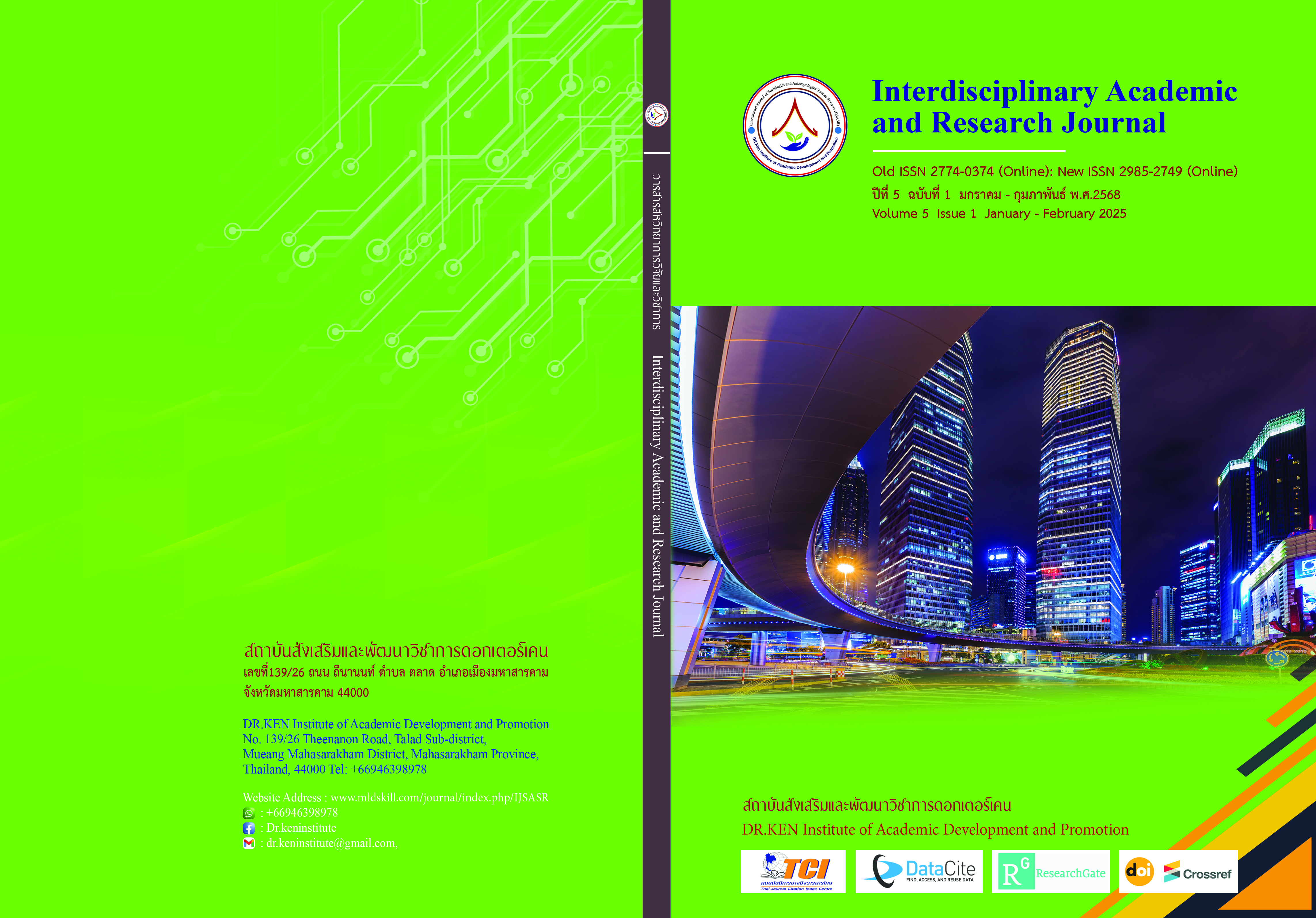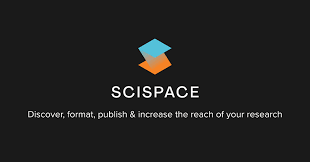Managing the Rare Ethnic Art of the Baiku Yao at the Li Lake National Ethnic Art Museum and Learning Centre
DOI:
https://doi.org/10.60027/iarj.2025.278408Keywords:
Museum management, Management of intangible cultural heritage, Ethnographic museum attractionAbstract
Background and Aims: This paper investigate and records the rare ethnic art of the Baiku Yao around Li Lake, the article needs to address the question) to investigate and inscribe rare ethnic arts on Li Lake Bai Kuyao's cultural significance. 2) to design Ethnomuseum attraction management.
Methodology: The research methodology includes ethnographic surveys, field investigations, and interviews with museum experts. It leverages the UNESCO Convention for the Safeguarding of Intangible Cultural Heritage for a deeper understanding of intangible cultural heritage classifications, defines the role and functions of museums through the International Council of Museums' "New Museology" concept, and uses the cultural values presented in the Burra Charter Guidelines as guiding principles.
Results: Researchers have documented the unique ethnic art of the Baiku Yao at Li Lake: the styles and patterns of Baiku Yao clothing, the fourteen steps of traditional craftsmanship, architectural features, and characteristics of festival activities. Additionally, a comprehensive management plan for the ethnographic museum and learning center has been developed, covering themes, spatial design, interactive experiences, visitor guides, and a museum website. This research and museum management plan potentially impacts the protection, promotion, and sustainable development of the Baiku Yao cultural heritage, also bringing influence and economic benefits to the local community.
Conclusion: The study includes a management plan for a museum and learning center in addition to documentation of the Baiku Yao people's distinctive art and traditions. This plan intends to benefit the local community economically while preserving and advancing their cultural heritage.
References
ICME. (2001). Heritage for All: ethnic minority attitudes to museums and heritage sites. ICOM TRIENNIAL CONFERENCE, BARCELONA, 2-4 July, 2001.
International Council on Monuments and Sites’ Burra Charter. (1988). THE AUSTRALIA ICOMOS CHARTER FOR THE CONSERVATION OF PLACES OF CULTURAL SIGNIFICANCE. International Council on Monuments and Sites’ Burra Charter
The Burra Charter. (1988). Guidelines to the Burr a Charter, Cultural Significance. Retrieved from: https://australia.icomos.org/wp-content/uploads/Burra-Charter_1988.pdf
The State Council Report on Cultural Relics Work. (2017). The Guiding Opinions of The State Council on Further Strengthening the work of cultural relics. Urban Planning Newsletter.
UNESCO, (2023). An Introduction to Intangible Cultural Heritage. 4th Edition. United Nations Educational, Scientific and Cultural Organization.
Woroncow, B. (2001). Heritage for All: ethnic minority attitudes to museums and heritage sites. ‘Museums and Civil Engagement’, Museum Management and Curatorship. 25(2), 129 – 146.
Yong, P. (2023). Interpretation of the Opinions on Encouraging and Supporting Social Forces to Participate in the Protection and Utilization of Cultural Heritage Buildings. Intangible Cultural Heritage
Downloads
Published
How to Cite
Issue
Section
License
Copyright (c) 2025 Interdisciplinary Academic and Research Journal

This work is licensed under a Creative Commons Attribution-NonCommercial-NoDerivatives 4.0 International License.
Copyright on any article in the Interdisciplinary Academic and Research Journal is retained by the author(s) under the under the Creative Commons Attribution-NonCommercial-NoDerivatives 4.0 International License. Permission to use text, content, images, etc. of publication. Any user to read, download, copy, distribute, print, search, or link to the full texts of articles, crawl them for indexing, pass them as data to software, or use them for any other lawful purpose. But do not use it for commercial use or with the intent to benefit any business.
















.png)


